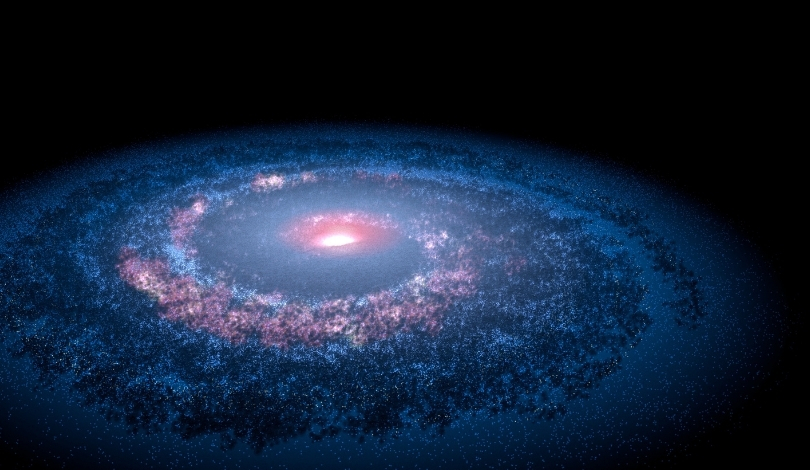The traditional focus on the Habitable Zone (HZ) as the primary region for extraterrestrial life may limit our understanding of potential life-bearing environments. Scientists are broadening their search criteria to include a variety of planetary conditions that could support life, challenging long-held assumptions about where life can exist in the universe.
Previous studies have primarily concentrated on the HZ, where liquid water is possible on a planet‘s surface. However, recent research indicates that this approach might be too narrow, excluding environments that could harbor life through alternative biochemical processes or under different physical conditions.
Can Icy Moons Support Life?
Icy moons within our solar system, such as Europa and Enceladus, have been identified as potential hosts for life. These moons possess subsurface oceans that may provide the necessary conditions for life, despite being outside the traditional HZ.
Are Hycean Worlds Viable Habitats?
Hycean worlds, characterized by extensive water coverage and thick hydrogen atmospheres, are emerging as promising candidates for hosting life. Initially considered too hostile due to their atmospheric composition, new studies suggest these planets might offer stable environments suitable for life forms.
What About Planets Around Dead Stars?
Planets orbiting white dwarfs and neutron stars present unique opportunities for life. Despite the stars’ demise, residual heat and energy could sustain life on these planets, expanding the potential habitats beyond active stellar systems.
Explorations into alternative life-supporting environments reveal that life’s adaptability might surpass previously imagined limits. This shift in perspective encourages the scientific community to consider a wider array of planetary systems and celestial phenomena when searching for extraterrestrial life.
“Expanding our search criteria beyond the Habitable Zone opens up numerous possibilities for discovering life in diverse and unexpected environments,” said Dr. Elena Martinez, an astrophysicist at the Cosmic Research Institute.
The evolving understanding of habitable conditions reflects a significant advancement in astrobiology. By integrating new findings and theoretical models, researchers aim to develop more comprehensive strategies for identifying and studying potential life forms across the galaxy.
Future missions and telescopic advancements will benefit from this expanded framework, enabling more targeted and effective searches for life. Emphasizing flexibility in defining habitability ensures that the search for extraterrestrial life remains robust and inclusive of various life-supporting scenarios.










